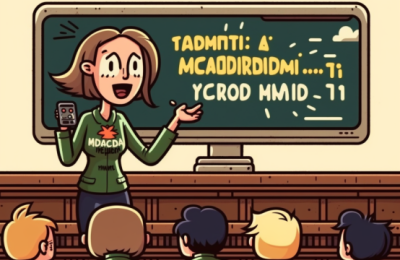Do you struggle with memorizing vocabulary? Are you tired of constantly flipping through flashcards, hoping that you will magically retain new words? The solution to your problem may lie in mastering the famous German linguist Jacob Grimm’s law: the Grimm’s Law, or the First Sound Shift. In this article, we will explore how understanding the Grimm’s Law can help you memorize vocabulary with ease and efficiency.
The Roots of the Grimm’s Law
Jacob Grimm, known for his work in fairy tales, was also a renowned linguist. He discovered that there were systematic changes between the consonants in the Germanic languages and those in other Indo-European languages. This led to the development of the Grimm’s Law, which explains how the sounds of certain consonants shifted in the Germanic languages.
How the Grimm’s Law Works
The Grimm’s Law outlines three sets of consonant shifts. To simplify, the first shift states that the voiceless stops in the Indo-European languages became voiceless fricatives in the Germanic languages. For example, the Indo-European “p” became the Germanic “f”, the Indo-European “t” became the Germanic “th”, and the Indo-European “k” became the Germanic “h”. Knowing this rule can help you easily remember related words. For instance, the English words “father” and “pater” in Latin share the same meaning, and the sound shift from “p” to “f” can be explained by the Grimm’s Law.
Applying the Grimm’s Law to Vocabulary Memorization

Now, let’s apply this law to memorizing vocabulary. Let’s say you want to learn the English word “leaf”. By recognizing that the word shares the same root as the German word “Laub” (meaning “foliage”), you can quickly deduce that the “f” sound in “Laub” corresponds to the “v” sound in “leaf”. Similarly, the Spanish word “nuevo” (meaning “new”) and the English word “new” have the same root, and the sound shift from “n” to “nw” can be explained by the Grimm’s Law.
Advanced Applications of the Grimm’s Law
The Grimm’s Law is not only applicable to understanding vocabulary within related languages but can also be used to decipher the meaning of unfamiliar words. For example, the word “sorrow” comes from the Old English word “sorg”, which underwent the Grimm’s Law shift from “s” to “z”. This can help you recognize the relation between seemingly unrelated words and expand your vocabulary.
Another application is understanding the origins of loanwords. Many words in English come from other languages, such as “pajamas” from Hindi and “karaoke” from Japanese. By understanding the Grimm’s Law, you can easily recognize why certain consonants in the borrowed word may have shifted to fit the English language.
In Conclusion
By mastering the Grimm’s Law, you can easily remember related words and decipher unfamiliar vocabulary. The law is not only applicable to Germanic languages but can also be used to understand the roots of loanwords. Next time you encounter a new word, try to identify its root and see if you can apply the Grimm’s Law to help you memorize it. Happy learning!
Remember, practice makes perfect. Start applying the Grimm’s Law to your vocabulary studies today and see the results for yourself!





